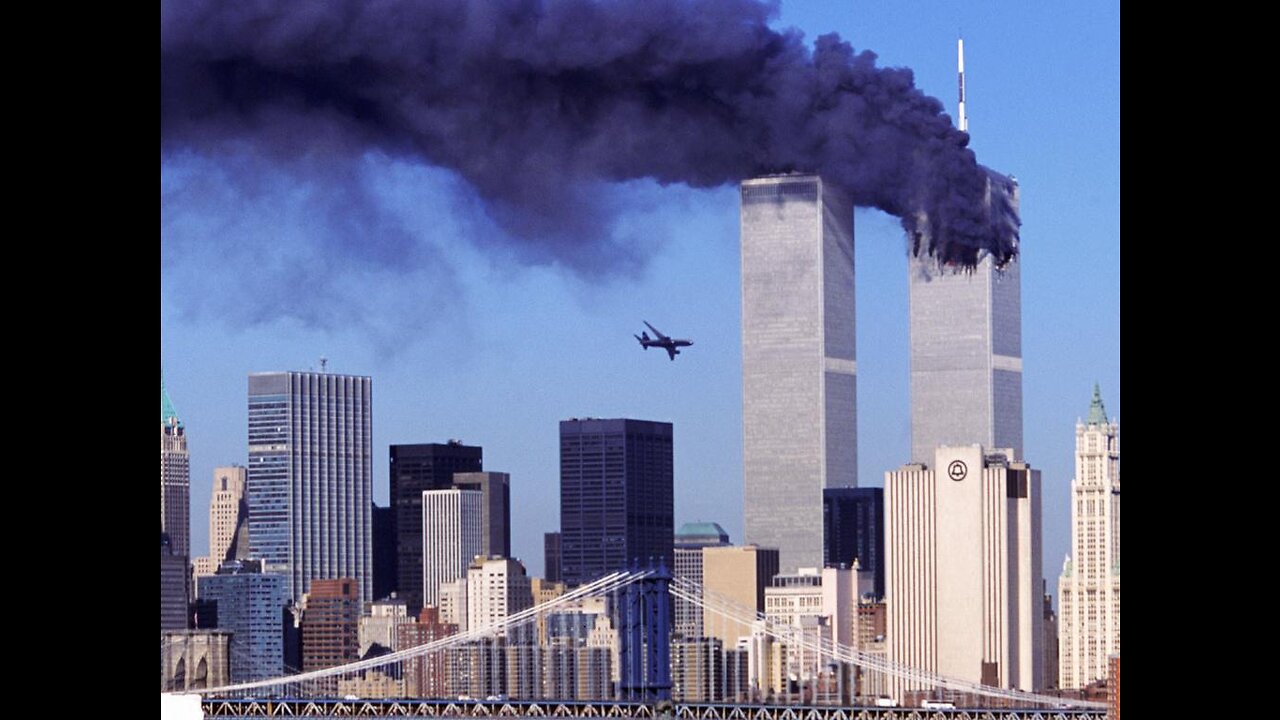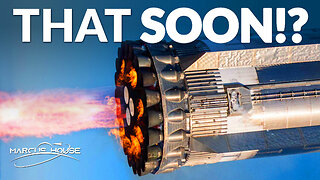Premium Only Content

BUILDING 7: The 9/11 Controlled Demolition That Woke The World; Molten Metal & Thermite Material
On September 11th 2001, American Airlines Flight 11 and United Airlines 175 smashed into the North and South towers of the World Trade Center in New York City. Just over an hour and forty minutes later, both towers had collapsed.
Burning jet fuel cannot melt steel
The melting point of steel is 1510°C. The temperature at which jet fuel burns is between 426.6°C and 815.5°C. So how could the towers collapse due to structural failure when the fires were not hot enough to melt steel?
While it is indeed true that burning jet fuel alone cannot melt steel, a fire that was also fuelled by burning furniture, curtains, blinds, chairs, desks, computer equipment and an enormous amount of paper would have burned hot enough to warp steel. NIST estimates that the fires in the towers reached at least 1000°C in certain pockets. The point at which steel weakens is 593.3°C, at which point it will have lost about 50% of its strength. Heated to 1000°C, steel will have lost about 90% strength. It was this weakness in the steel that led to the loss of the buildings’ integrity. As the steel warped and buckled, the columns and steel beams holding the towers up were no longer able to support the weight of the buildings, leading to the pancake collapse of both towers.
-
 6:10:21
6:10:21
JdaDelete
1 day ago $3.27 earnedDino Crisis - Sega Saturday
52.2K4 -
 23:22
23:22
MYLUNCHBREAK CHANNEL PAGE
1 day agoUnder The Necropolis - Pt 5
58.4K27 -
 2:26:11
2:26:11
Jewels Jones Live ®
2 days agoWINNING BIGLY | A Political Rendezvous - Ep. 108
125K43 -
 2:04:49
2:04:49
Bare Knuckle Fighting Championship
4 days agoBKFC FIGHT NIGHT MOHEGAN SUN FREE FIGHTS
57.8K7 -
 25:09
25:09
BlackDiamondGunsandGear
8 hours agoYou NEED to be Training For Whats to Come
40.3K11 -
 20:03
20:03
Sideserf Cake Studio
14 hours ago $1.60 earnedA HUNGRY HUNGRY HIPPOS CAKE THAT ACTUALLY WORKS?
39.6K13 -
 23:51
23:51
marcushouse
15 hours ago $1.31 earnedStarship’s Next Move Is Coming Sooner Than You Think!
27.5K6 -
 22:24
22:24
The Finance Hub
21 hours ago $8.78 earnedBREAKING: JOE ROGAN JUST DROPPED A MASSIVE BOMBSHELL!!!
30.4K29 -
 55:02
55:02
PMG
11 hours ago $0.79 earnedHannah Faulkner and Miriam Shaw | Moms on A Mission
21K1 -
 1:21:05
1:21:05
I_Came_With_Fire_Podcast
22 hours ago"Veteran Health, Military Culture, and American Exceptionalism" with Matt Kenney
91.6K21